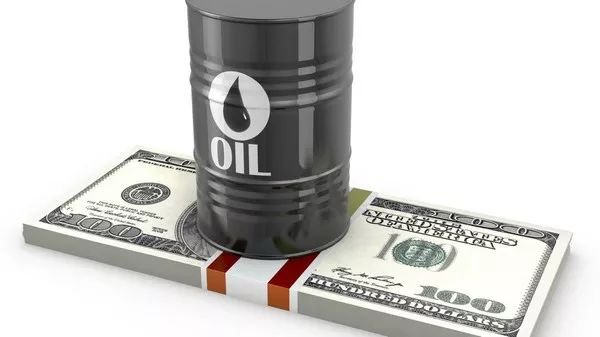Oil prices experienced a marginal decline in Monday’s trading as market bulls defended the critical $90 per barrel level for the global oil benchmark, Brent. This defense was based on the expectation that U.S. oil stockpiles had fallen for a fifth consecutive week.
Brent crude, based in London, settled at $90.64, a minimal one-cent decrease from Friday’s closing price. Over the past two weeks, Brent has climbed more than 7%, reigniting a rally that initially began in June. Year-to-date, Brent has posted gains of almost 6%.
West Texas Intermediate (WTI) crude, traded in New York, settled at $87.29 per barrel, marking a 22-cent decrease, or 0.3%, for the day. WTI has advanced by nearly 10% over the past two weeks, reigniting a rally that commenced in June. This rally has resulted in a 9% increase for the U.S. crude benchmark since the beginning of the year.
Both Brent and WTI are currently trading near their highest levels in ten months, partly fueled by discussions surrounding production cuts by Saudi Arabia and Russia.
“Oil prices have also been tearing higher again in recent weeks, aided by the Saudi/Russian decision to extend output restrictions until the end of the year,” noted Craig Erlam, an analyst at online trading platform OANDA. “Brent is now trading around $90, where it has stalled over the last week.”
Monday’s dip in oil prices was offset by expectations that the U.S. Energy Information Administration (EIA) would report on Wednesday that domestic crude and gasoline stockpiles had declined for a fifth consecutive week. Favorable weather conditions ahead of the approaching fall season encouraged Americans to continue road travel, contributing to the drawdown in stockpiles.
Additionally, the oil market will face other significant events this week, including supply-demand forecasts from the Vienna-based Organization of the Petroleum Exporting Countries (OPEC) and the Paris-based International Energy Agency (IEA). OPEC’s report will be closely scrutinized for indications of increasing supply tightness that could further boost crude prices. However, the IEA may counterbalance this by highlighting the potential for higher inflation, which could ultimately dampen demand.
Another major market event scheduled for Wednesday is U.S. inflation data. The August Consumer Price Index (CPI) reading is expected to show a year-on-year increase of 3.6%. Rising energy prices have been a major driver of inflation, and further increases in CPI could prompt the Federal Reserve to implement more interest rate hikes than previously anticipated by economists.
Traditionally, crude prices tend to ease during the fall season as it marks a period of lower oil usage, following the peak demand associated with summer. However, this time may be different due to Saudi Arabia’s strong desire to achieve oil prices of $100 a barrel or higher. The Saudis, who hold significant influence over global oil exports, have been pursuing triple-digit pricing since losing that position in August 2022 when Brent crude was trading above $105 per barrel.
Central to this objective is the additional 1.0 million barrels per day in production cuts that Saudi Arabia has been implementing since July, in addition to existing production constraints. By extending these cuts until the end of the year and expanding them with the cooperation of Russia, which will reduce Russian production by 300,000 barrels per day, Saudi Arabia aims to create a different market dynamic for pricing.

